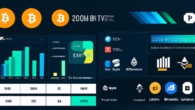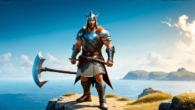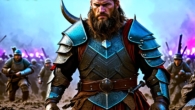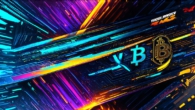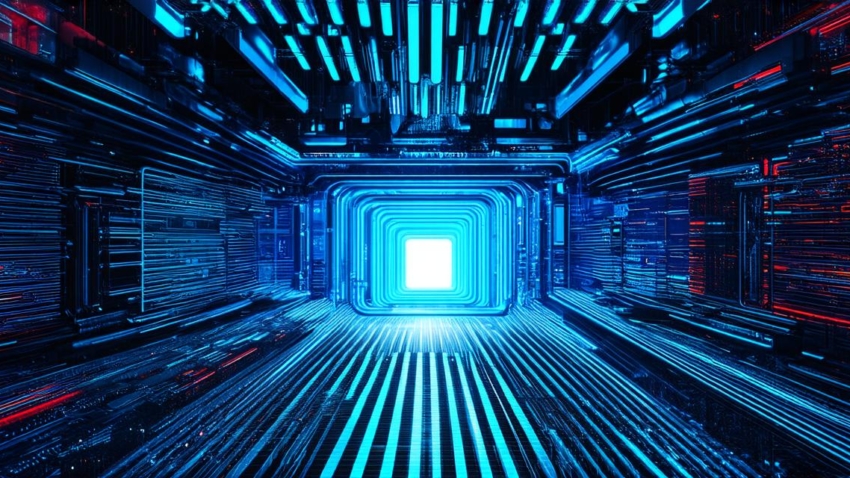
What does the future hold for NFTs
Introduction
Non-fungible tokens (NFTs) have taken the world by storm since their inception. These unique digital assets have opened up new opportunities in various industries, including art, gaming, music, and more. NFTs are essentially digital ownership certificates that allow creators to monetize their digital creations and ensure authenticity and scarcity.
Opportunities for NFT Developers
1. Art and Collectibles
The art and collectibles industry has been one of the first to embrace NFTs. Digital artists can now sell their work as NFTs, ensuring that each piece is unique and authenticated. This opens up a whole new market for artists who may not have had access to traditional gallery systems before.
2. Gaming
NFTs have also revolutionized the gaming industry. They allow players to own unique in-game assets, such as weapons or collectibles, which can be traded on marketplaces. This opens up new revenue streams for game developers and creates a sense of ownership and scarcity for players.
3. Music Industry
The music industry is also starting to embrace NFTs. Artists can now sell their music as NFTs, allowing them to monetize their work in new ways. NFTs can also be used to create unique merchandise and experiences for fans, such as virtual concerts or exclusive access to behind-the-scenes content.
Challenges for NFT Developers
1. Regulation
One of the biggest challenges facing NFT developers is regulation. There are currently no clear guidelines or regulations around NFTs, which makes it difficult for businesses to operate in this space. This lack of clarity could lead to legal issues and make it harder for NFTs to gain widespread adoption.
2. Interoperability
Another challenge facing NFT developers is interoperability. Currently, there are multiple blockchain platforms and standards for creating and trading NFTs, which makes it difficult for different systems to communicate with each other. This lack of standardization could limit the potential of NFTs and make it harder for businesses to operate in this space.
3. Security
NFTs involve a lot of valuable digital assets, which makes them a prime target for hackers. There have been several high-profile hacks of NFT marketplaces in the past, which has raised concerns about the security of this technology. NFT developers need to ensure that their platforms are secure and protect user data and assets.
Real-Life Examples of NFTs
1. CryptoKitties
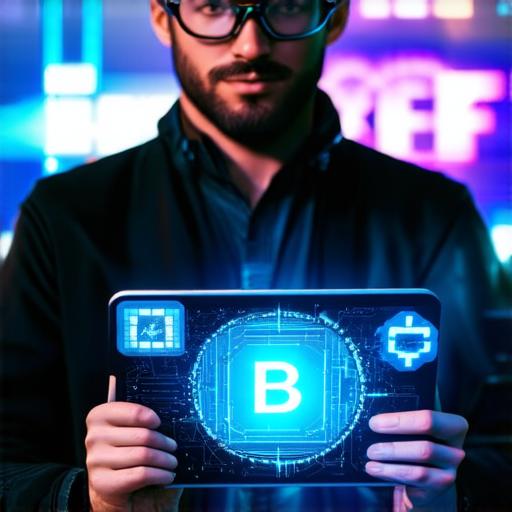
As mentioned earlier, CryptoKitties is one of the most well-known examples of NFTs in gaming. The game allows players to breed and sell unique digital cats as NFTs, with each cat having its own unique characteristics and rarity. This created a massive community around the game and paved the way for other games to incorporate NFTs.
2. NBA Top Shot
NBA Top Shot is an NFT marketplace that allows fans to buy and sell digital collectibles related to the NBA. These collectibles include moments from past games, such as dunks or blocks, as well as unique player cards. This platform has gained widespread adoption among basketball fans and has created a new revenue stream for the NBA.
3. Beeple: Everydays – The First 50 Days of Life in the Metaverse
As mentioned earlier, “Beeple: Everydays – The First 50 Days of Life in the Metaverse” was sold as an NFT by Christie’s in 2021 for $69 million. This marked a significant milestone in the world of NFTs and shows that there is a demand for this technology in the art industry.
Summary
In conclusion, NFTs are a rapidly evolving technology that has opened up new opportunities in various industries. While there are challenges to overcome, such as regulation and interoperability, the potential benefits of NFTs make them an exciting space for developers to explore. As an NFT developer, you should keep an eye on the latest developments in this field and consider how you can incorporate NFTs into your own projects. With the right approach, NFTs could revolutionize the way we create and value digital assets.


